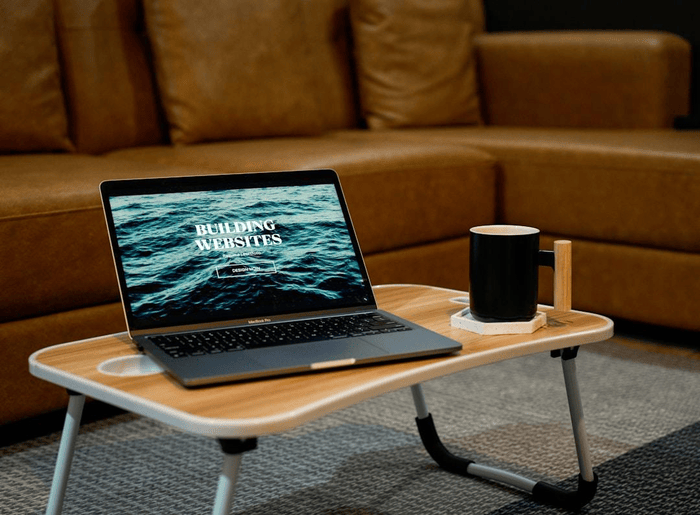In today’s digital age, your website serves as the virtual front door to your business. An effective website design can invite new visitors in, encourage exploration, and facilitate engagement, leading to greater customer satisfaction and increased revenue.
However, a poorly designed website may turn potential customers away before they’ve even had a chance to see what you offer. Understanding the critical role of web design in business success is paramount. Below, we’ll explore the key aspects of how impactful design can boost your business.
Exploring the Relationship Between Website Design and User Experience
A well-designed website goes beyond aesthetics to ensure users can navigate smoothly and find information effortlessly. A clutter-free, intuitive layout fosters a positive experience, enhancing brand perception and encouraging repeat visits. Responsive design is crucial in providing a seamless experience across all devices, making user experience a top priority.
Visual elements like color, typography, and imagery should reflect your brand’s personality and build trust with your audience. Investing in professional Wix web design services ensures an optimized layout tailored to user behavior, boosting engagement and satisfaction while strengthening credibility.
The Role of Website Design in Establishing Brand Identity
Your website is the first interaction with your brand, making it crucial to establish a unique and memorable design. Consistency in design elements reassures customers that your brand is professional and reliable. Brand identity extends beyond logos and color schemes, encompassing content tone and imagery style.
Nuanced elements like typography, whitespace, and layout communicate your brand’s values and priorities. User interface elements, such as buttons and forms, must be aesthetically aligned with the brand and designed to encourage interaction.
CTA buttons that stand out and are persuasive can directly influence conversion rates, making design a critical participant in the sales process.
Website Design as a Factor in SEO Performance
Website design significantly impacts search engine optimization (SEO), as Google favors websites with a great user experience.
A clean, organized structure helps search engine crawlers understand and index your site more effectively, leading to improved rankings. Responsive design is essential for SEO success, as Google predominantly uses mobile-first indexing for indexing and ranking.
A website that adapts seamlessly to various screen sizes is more likely to perform well in search engine results. Design elements like navigation, URL structure, and page loading speed also contribute to a site’s SEO performance. Modern SEO is about providing value to visitors, and engaging multimedia content can help reduce bounce rates and keep visitors on your site.
A well-structured website significantly impacts user engagement and conversion rates. A well-designed navigational layout guides visitors through the buyer’s journey, reducing obstacles and enhancing user satisfaction.
An intuitive, logical flow can reduce bounce rates and increase conversion rates. Navigation also influences the site’s accessibility, ensuring all visitors, including those with disabilities, can navigate. This broadens the audience and supports inclusivity, positively impacting the brand’s public perception.
Every link, button, and menu should work towards funneling visitors into taking a desired action. Clear calls-to-action (CTAs) and reduced conversion steps can transform a potential lead into a successful transaction. Incorporating navigational design into your overall strategy is essential for business success.
Website Speed and Performance: Design Considerations that Affect Business Success
Website speed and performance are crucial for users, as they reflect the efficiency of your web design. A delay in loading can lead to high bounce rates and negative impressions. Design considerations include optimizing image sizes, using caching, and choosing a reliable web host. Clean, optimized code is equally important as visual aesthetics. Balancing high-quality content with load time is a significant design decision.
Staggering animations and interactive elements can enhance user engagement but must not compromise the overall speed of the website.
Users expect a balance between immersive experiences and quick access. The growing importance of mobile browsing also puts pressure on designers to prioritize speed in the mobile experience, as mobile users have less patience for slow loading times than desktop users.
Overall, a well-designed website is integral to building a prosperous business in the digital realm. It requires a strategic balance of aesthetics, functionality, and optimized performance. The end goal is not just to captivate users but to convert their interest into tangible business results—showcasing how powerful web design is central to business success.

